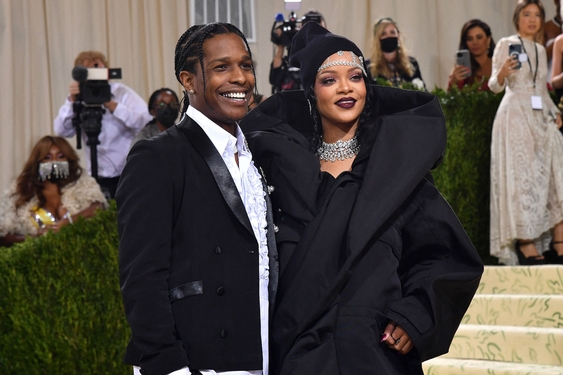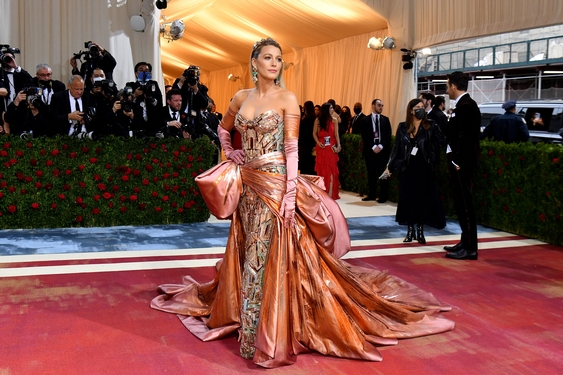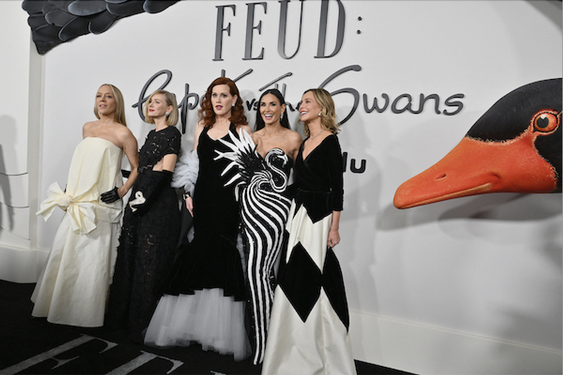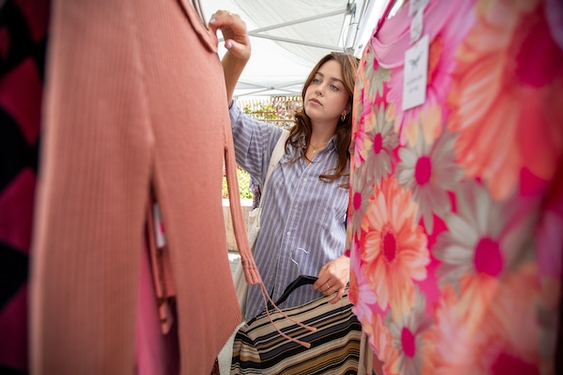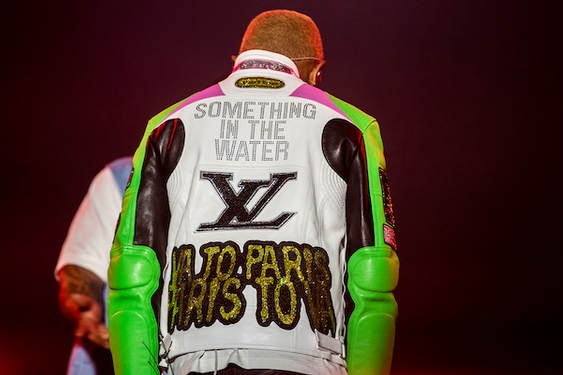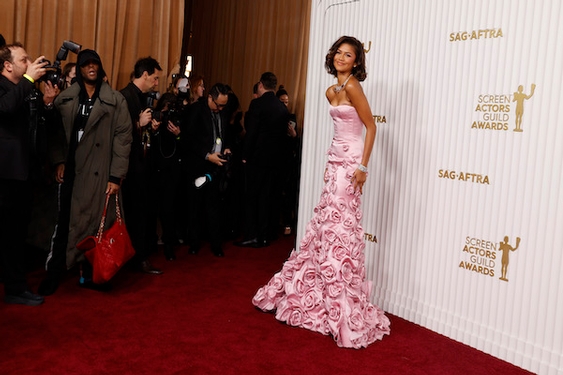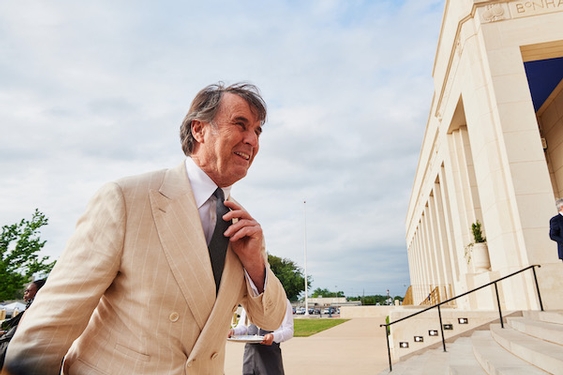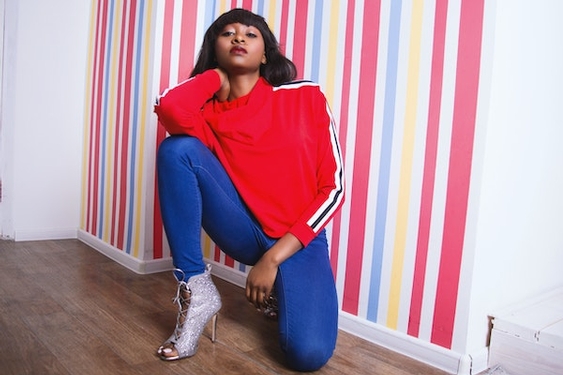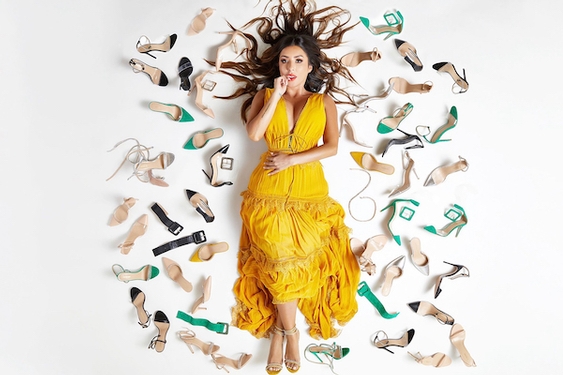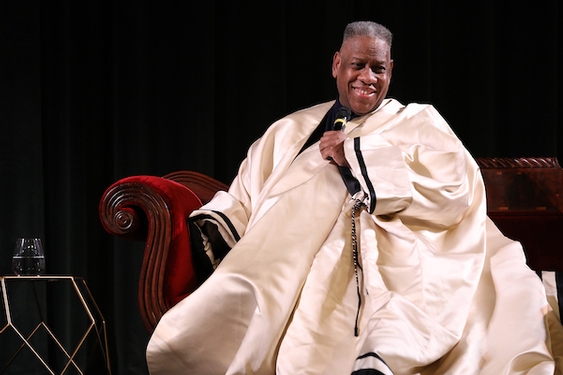An empire waist is a tricky look to pull off.
Yet periodically, designers reach back to the classically inspired fashion, moving
up waistlines to right below the bosom.
This spring, among the cuffed trousers, gauchos and full skirts, the empire waist
is emerging as the strongest silhouette for fashion followers.
Expect to see the high waist appear on loose and flowing – sometimes almost
angelic – frocks in eyelet and lacy chiffon, as well as on cotton shirts
and matte jersey dresses.
If the style sometimes seems old-fashioned, that’s because it is. Empire
waists first became fashionable in France during the early 19th century, influenced
by Josephine Bonaparte, wife of Napoleon.
"She wore very lovely, simple dresses in which the natural contours of the
waistline moved up," explains Sigrid Weltge, professor emerita of fashion
at Philadelphia University.
"This is the first time we saw women out of corsets. Their bodies relaxed.
The look was beautiful, soft ... innocent."
In the late 1960s, English designer and boutique owner Mary Quant popularized
the empire waist again. But this time, the dress took a sexy spin as a mini. Icons
such as actresses Marlo Thomas and Goldie Hawn paired the above-the-knee frocks
with opaque tights and go-go boots.
The ‘90s brought the empire in long-sleeve jumpsuits with wide legs and grunge
babydoll dresses. Recently, the glamorous high-waisted maternity frocks shown
off on the red carpet by pregnant celebs such as Gwyneth Paltrow and Gwen Stefani
have been coveted even by those who are not expecting.
And that can be the challenge of an empire waist: The billowing fabric can give
one the appearance of being pregnant, even if slim.
Luckily, the new empire pieces will be much more tailored. Empire tops will remind
us of shirtwaists, and many designers, such as Tracy Reese, are pairing empire
shifts with fitted jackets.
© 2006, The Philadelphia Inquirer.
Distributed by Knight Ridder/Tribune Information Services.
Fashion: Focus [The Legacy of Josephine]
The Legacy of Josephine: Empire Waists are Back
By Elizabeth Wellington
Image height and width info failed
Article posted on 3/13/2006
This article has been viewed 2850 times.


